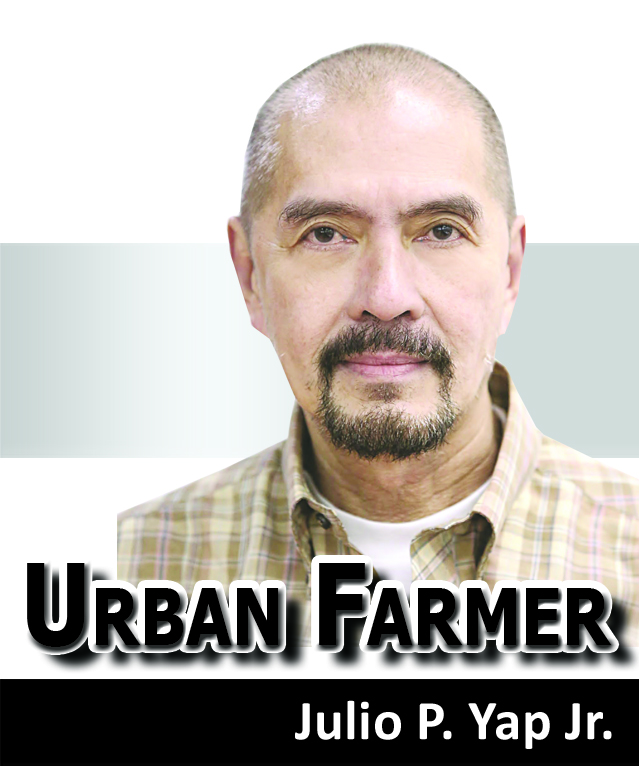 ONE interesting initiative to help marginalized farmers is a program entitled “Enhancing the Marketability and Quality of Queen Pineapple Wastes” which is being implemented by the Visayas State University (VSU), Camarines Norte State College (CNSC), and the Regional Field Office 5 of the Department of Agriculture (DA).
ONE interesting initiative to help marginalized farmers is a program entitled “Enhancing the Marketability and Quality of Queen Pineapple Wastes” which is being implemented by the Visayas State University (VSU), Camarines Norte State College (CNSC), and the Regional Field Office 5 of the Department of Agriculture (DA).
The program is funded by the Philippine Council for Agriculture, Aquatic and Natural Resources Research and Development of the Department of Science and Technology (DOST-PCAARRD), which falls under its National Research and Development Program on Queen Pineapple.
After all, Queen Pineapple peels, eye trimmings, core, and pomace need not go to trash because these waste materials can be processed into a feed supplement called queen pineapple (QP) Bran for native chickens.
The QP Bran can provide nutrients and health benefits for the native chickens, similar to that of the commercial rice bran but is more affordable.
A research team from the CNSC produced the QP Bran under the said project.
During a recent program review at the VSU campus in Baybay, Leyte, it was learned that 50 percent QP Bran and 50 percent Rice Bran is a good mix.
Initial results showed that this formulation is best for the “Camarines strain” native chickens in Camarines Norte.
In 30 days, the 150-day-old native chickens which were fed with 50:50 formulations are as good as those fed with rice bran only, in terms of weight gains, feed consumption, feed cost, and feed conversion ratio.
The five-day old native chicken observed for 30 days and 180 days showed similar performance regardless of the amount of rice bran and QP Bran proportion.
As feed supplement, QP Bran can help native chicken growers save more than half the retail price of rice bran per kilogram.
It was learned that QP Bran costs about P11 per kilogram, while rice bran costs P25 per kilogram.
About 40 percent of raw materials such as pulp, peel, eye trimmings go to waste, based from actual data from Labo Camarines Norte Multipurpose Cooperative.
An estimate of as high as P197,600 per hectare per harvest can be generated if these wastes will be processed.
Processing QP wastes into QP Bran feed supplement is environment-friendly and a potential venture that will benefit famers, poultry owners, chicken growers, and entrepreneurs.
While charcoal briquettes produced from the waste materials of the Queen pineapple are now being tested for market acceptability.
All these initiatives are being implemented as comprehensive techniques to sustain the production of the fruit crop and to enhance its marketability.
Pineapple cultivation is mostly undertaken by large corporations in the country, but small scale farmers, particularly those in the countryside are also involved in planting the crop, mainly for local distribution.
An information material featuring cultural management practices of Queen Pineapple was also produced to guide the farmers.
Included is the recommended planting density of Queen Pineapple as optimized under the program.
The program team also profiled the major existing and emerging pests and diseases of the crop and evaluated the potential sustainable management practices. (jaypeeyap@ymail.com/PN)


